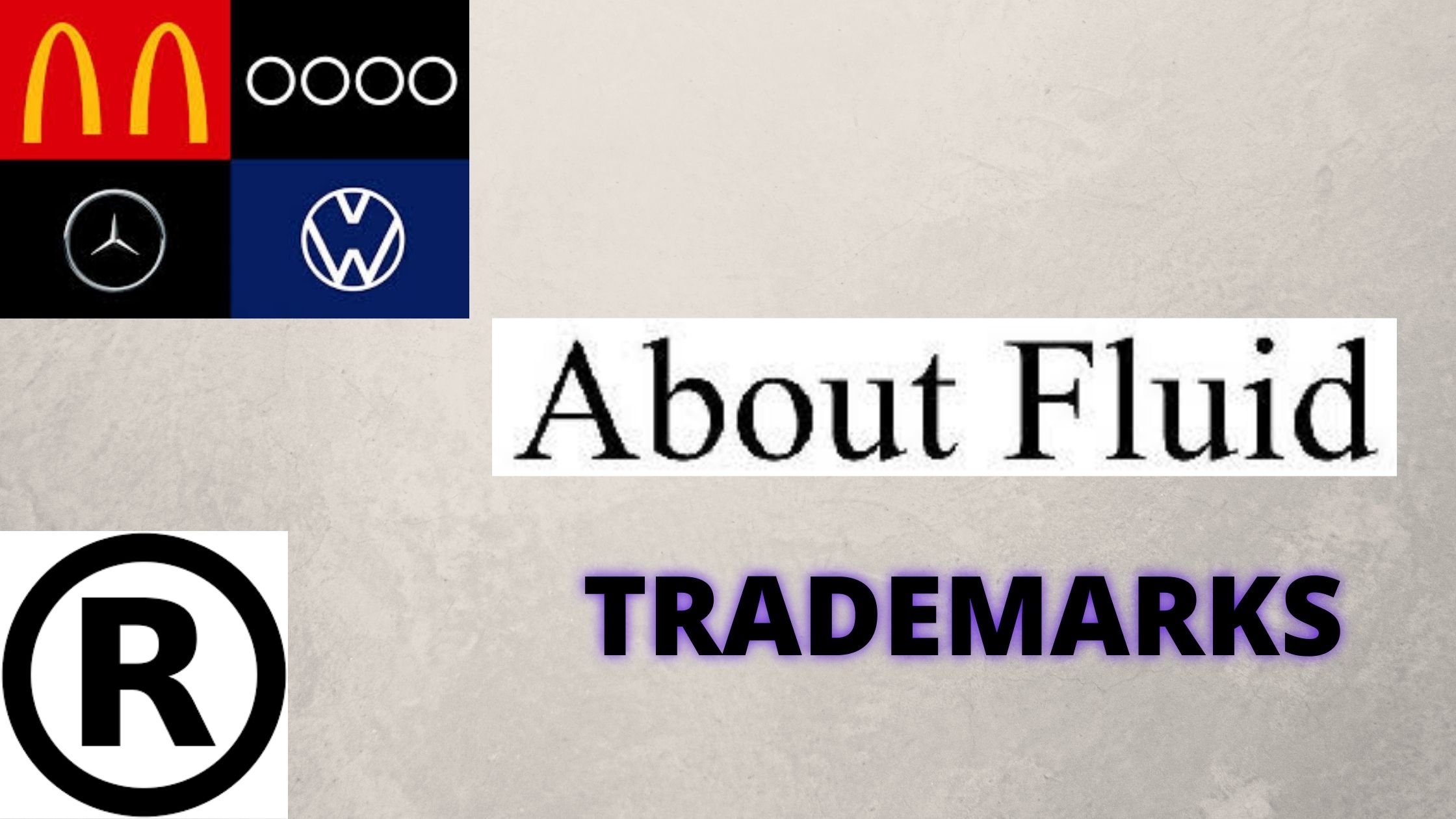All About Fluid Trademarks
Trademarks are very important for the marketing strategy of companies. They are a representation of a company’s brand identity, and a famous trademark is solidly associated with a certain quality in the minds of the consumers. In today’s world where innovative advertising and marketing are essential to remaining competitive, trademarks have evolved into interactive marketing tools. In this context, many companies have started using ‘fluid trademarks’, which are an intentional variation on a company’s trademark that retains the basic elements of the original trademark so that its identity is still clear. Some examples of this are Google's‘ doodle’ and the Amul girl.

Trademarks are very important for the marketing strategy of companies. They are a representation of a company’s brand identity, and a famous trademark is solidly associated with a certain quality in the minds of the consumers. In today’s world where innovative advertising and marketing are essential to remaining competitive, trademarks have evolved into interactive marketing tools. In this context, many companies have started using ‘fluid trademarks’, which are an intentional variation on a company’s trademark that retains the basic elements of the original trademark so that its identity is still clear. Some examples of this are Google's‘ doodle’ and the Amul girl. Both of these have multiple variations of the original trademark of the company (which are in some way related to important days or current events) but the basic identity of the brand remains clear in each iteration.
KNOW MORE ABOUT, WHAT IS TRADEMARKS SEE THE VIDEO BELOW-


With the COVID-19 pandemic being one of the most internationally impactful world events in recent times, many brands also used the concept of fluid trademarks to spread social awareness and to highlight the importance of social distancing during these times.
 ------
------ 
 -------
------- 
 --------
-------- 
Fluid trademarks are a great tool for creative marketing, but their legal enforcement is not very clear, as there have not been many cases involving fluid trademarks.
Since these trademarks are not being used in their original and registered form, the registration of the original mark may become vulnerable to non-use cancellation. The registration of fluid trademarks is another question that does not have a very clear answer as of now. There is a provision under Section 15 of the Trademarks Act which allows for the registration of a series of trademarks. However, for this provision to apply, the proprietor must submit all the variants of the trademark at the time of application, and this is a severe hindrance to the adaptable nature of fluid trademarks, as one cannot predict every possible variant of the mark if the variants are inspired by world events. Thus, the Indian position on the registration of fluid trademarks is not very strong. Potential protection for fluid trademarks could be found under copyright law which protects artistic works and does not require registration, but no judicial precedent regarding this exists to this date. This argument can come up in the future and it will be interesting to see how Indian courts deal with it.
There is some judicial precedent with regard to fluid trademarks in the US case of Louis Vuitton Malletier vs. Dooney Burke. In this case, Louis Vuitton released a handbag which had their trademark (the famous ‘LV’ logo) in multiple colours printed on the white background of the handbag. Another company released a handbag with the same design, but with a different logo on the handbag. A case of trademark infringement was instituted by Louis Vuitton, and the court held that the Louis Vuitton trademark had become inherently distinctive, and its use on the handbag (where it was printed in different colours) was also protectable under trademark law. Also, in Indian courts, it is possible for a brand to protect an unregistered fluid mark through passing off claim. In the case of Proctor and Gamble vs. Joy Creators, the Delhi High Court held that a mark does not need to be an exact replica of the registered trademark to constitute infringement.
There are also some challenges associated with using fluid trademarks.
-
If the original brand identity is not solidified, a fluid trademark may cause confusion in the minds of the customers and they may think that the fluid trademark is a knock-off.
-
If too many variations are made, the original mark may lose some of its value.
-
The original mark can be deemed to be abandoned if only the fluid trademarks are used, and its registration can be canceled.
-
Trademark protection is available only to the registered original mark. Therefore, the fluid trademarks can be used by other companies without any threat of a straightforward trademark infringement suit.
All these challenges can be dealt with if fluid trademarks are used carefully, but they need to be kept in mind while deciding on the strategy. Certain important guidelines for using fluid trademarks are as follows:
-
The underlying original mark must be registered even if the fluid trademarks cannot be.
-
The essential characteristics of the original mark must be present and used concurrently with the fluid trademark.
-
Generally, fluid trademarks should only be used by companies who have an established and strong brand identity, so that consumers are not confused when they see a trademark that is slightly different from the one they are used to.
-
The fluid trademark should be designed in a way that the elements of the original trademark are easily recognizable, which will ensure that consumers will associate the fluid mark with the original one.
-
Fluid marks should not be random but should be associated with the brand’s identity and objective.
-
Due diligence is very important. The company must ensure that its fluid mark is not too similar to another mark that is already in use by another company.
Fluid trademarks have become a very helpful way for companies to creatively advertise and market their products while still maintaining the brand identity they have built over the years. In today’s world where a majority of potential customers are clued to the major current events, using fluid marks to address and comment on those events is a great way to spread a message while advertising your brand. However, since there is not a lot of legal precedent on the matter of protecting fluid marks, and it is not feasible to register all fluid marks that a company may use, it is vital that due care is taken before using fluid trademarks.
KNOW MORE ABOUT, OTHER TYPES OF TRADEMARKS, SEE THE VIDEO BELOW-
BY -
Shivalik Chandan












